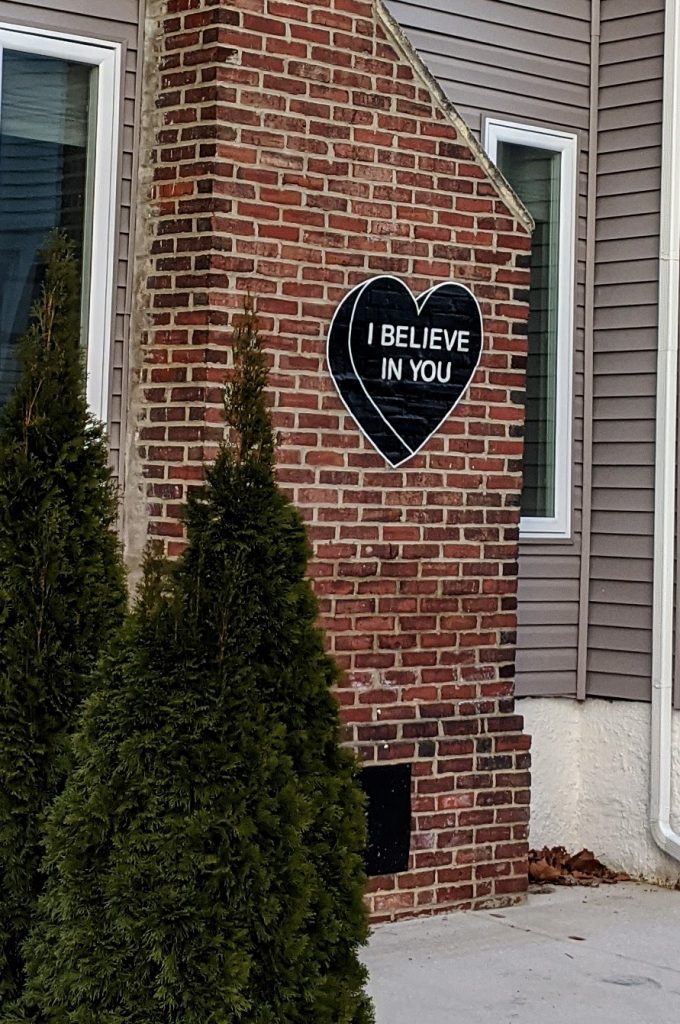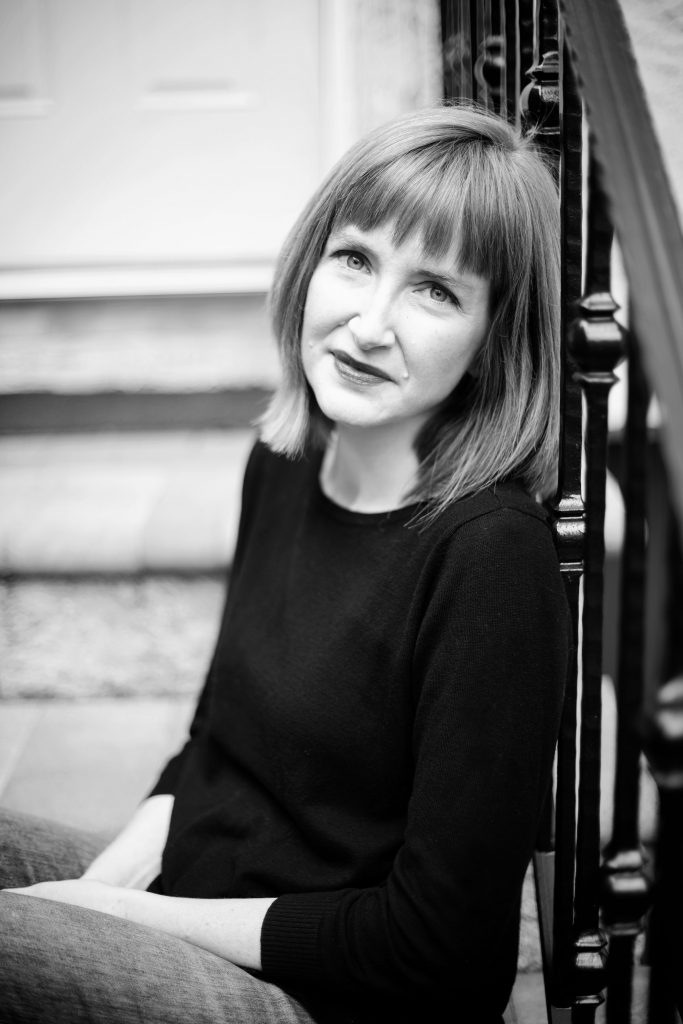
The Up Drafts is an ongoing series of essays and interviews that examine creativity, productivity, writing process, and getting unstuck.
BY NANCY REDDY
I love a slow meditation about why writing is hard, and what that difficulty might mean – that’s probably why I became a poet, so I could obsess on a moment and dwell on it and distill it in language – but I thought, early in this relaunch of The Up Drafts, it might be nice to start with a few practical, actionable tips. By late January, late in the pandemic, don’t we all just want a quick fix?
Four practical tricks, if you’re feeling stuck, plus a slightly more philosophical bonus tip.
When it’s hard to get started:
Set a Timer
Having hours and hours to write, uninterrupted, is magic, but if you don’t have that now (most of us don’t, now or ever), do what you can with what you have. Set a timer for ten or fifteen minutes, and see what you can do. I have the browser extension “tomato clock,” and it counts down in 25 minute chunks, or pomodoros; seeing the time moving can be very motivating.
A quick example: last week, my older son was distraught about his art assignment and how complicated it was and how it was going to take him forever, and I told him to just set a timer and work on it for ten minutes and then, whatever he had done in that time, he could turn in and move on with his day. (Read: play Minecraft.) He worked for ten minutes, showed me how much he’d done, and then happily continued. A small amount of time – ten minutes or fifteen – is enough to get you started and often to overcome the inertia of not-writing.
A timer works especially well for showing you how much you can get done in limited time. If you only have 10 minutes, you can still use those 10 minutes to write. Victoria Chang wrote Barbie Chang in her car while waiting for her children at language classes and school pickup.
when you’re feeling stuck in the middle of a project:
Switch writing medium
If you’re lost in the morass of a word document, it can help to switch medium. A printed draft is easier to grapple with and mark up; you can cut it, tape it back together, and scrawl in the margins. I often find that if I can see the whole thing at once, as a set of pages spread out on the bed or taped to a wall, I can see where I’m circling the same idea or where I’ve managed to avoid, even over 6000 words, saying the thing I’m really trying to say. An example: Katie Gutierrez, whose novel More Than You’ll Ever Know is forthcoming in 2022, shared this picture recently of a printed draft of her book along with scissors, pen, and tape, an old-school cut and paste.
And sometimes even getting started in a Word doc can feel too hard. When I was writing my dissertation, the word doc often felt really high stakes, like I am writing A Chapter, so it has to be Good. (This is why I never write in nice notebooks – too much pressure!) Instead, I did a lot of drafting in Evernote, where you’re just opening a new “note” rather than starting with a fresh, official Word doc. The interface in Evernote was unfamiliar enough that I could tell myself I was just taking notes, just jotting down ideas. Then, I’d print out all scribbly Evernote “notes” and have text to work with for revision.
If the blank screen itself is stressing you out, switch to hand-writing. If a whole notebook page is too much, I’ll try a post-it or an index card. Sometimes I need more space, so I’ll use the large post-its I have taped to my wall to outline a project and see the connections.
when you’re struggling to clarify your ideas
Talk about it (even if it’s only to yourself)
When you’re writing, you’re working to communicate something, whether you’re telling a story, or figuring out a problem, or making an argument. But it’s easy to get so stuck in the particulars of word choice or so lost in the steps of a complicated argument that you lose sight of what you’re actually trying to say.
I used to share writing regularly with a good friend from grad school, and when I was getting ready to send something to her, I’d find places where what I’d written wasn’t as sharp as I wanted, or where I wanted her help. I’d start by opening a comment box and writing, “what I’m trying to say here is . . .” and, often as not, what I’d write, after I started talking to the version of my friend I’d conjured up, was what actually needed to go in the essay, so I’d just cut and paste from that comment box into the main document.
Talking to someone – even if it’s just yourself, even if it’s an imagined reader in the margins – is one of the quickest ways to get unstuck. Try explaining what you’re saying out loud, or record yourself with your phone or laptop. You can use the comments in a digital file; starting with “what I’m trying to say here is . . .”
When the words finally come:
Say Yes
One of my favorite moments from last summer’s #1000wordsofsummer series was Carmen Maria Machado’s discussion of how she’s taught her brain to make more ideas. In that newsletter, Machado wrote that she’s never struggled with writer’s block
because I am constantly nursing my obsessions: reading about what excites and interests me, rejecting ideas of high- and low-brow, letting myself indulge in narrative pleasures however and wherever they appear. And I’m constantly stumbling across ideas: riding the trolley, walking through my city, reading books, driving, cleaning. And the minute they come to me—no matter what I’m doing—I write them down.
It’s that final part – recording the ideas – that really matters. If you have an idea, if you have a sentence, if an image or a voice arrives to you, record it. Teach your brain that those words matter, and you’ll also teach your brain to make more of them. Sometimes this means pausing mid-run to type something into a google doc on your phone, or getting out of bed as you’re falling asleep to capture the sentences that have finally aligned when your brain relaxed. This summer, I’d been working on an article for a week straight and was in the horrible phase of drafting where I was sure I was just too stupid to get it all to come together, when, at bedtime one night, my brain finally clicked it all together. The words were running through my head, and while I might have sometimes told myself I’d remember it the next day, during my real writing time, I’d just read Machado’s newsletter, and I got up and wrote, and that nighttime drafting became my Poets & Writers article.
If you’re feeling down:
You have everything you need
This final tip is more of a mental reframe than a writing tip. It’s easy, especially with the way writing circulates online, to confuse writing with publishing, and to always feel like everyone else is doing more and having more success than you are. But the reception of your work – by editors, by readers, by reviewers and people who screen for fancy prizes – is largely out of your hands as a writer.
And more than that, it’s not your job.
It’s your job to write the best poem or essay or story or book that you can. It’s your job to make the weird gorgeous thing that only you can make. And here’s the thing: chances are, no one asked you for your writing.
You already have everything you need. As writers, our materials are simple: pen, paper, laptop. Maybe post-it notes and colored pens, if you’re feeling fancy. Time.
No one has to publish your book or buy it or review it in The New York Times. But that’s also a gift. You don’t need anyone’s permission or approval to do your work. No one owes you and your writing anything. No one can stop you, either.

NANCY REDDY is the author of Pocket Universe (LSU, 2022); Double Jinx (Milkweed Editions, 2015), a 2014 winner of the National Poetry Series; and Acadiana (Black Lawrence Press, 2018). She’s also co-editor, along with Emily Pérez, of The Long Devotion: Poets Writing Motherhood (UGA, 2022). Her poems have appeared in The Gettysburg Review, Pleiades, Blackbird, Colorado Review, The Iowa Review, Smartish Pace and her essays have appeared in Poets & Writers, Electric Literature, Brevity, and elsewhere. The recipient of a Walter E. Dakin Fellowship from the Sewanee Writers’ Conference and grants from the New Jersey State Council on the Arts and the Sustainable Arts Foundation, she teaches writing at Stockton University in New Jersey.
![[PANK]](https://pankmagazine.com/wp-content/themes/pank/assets/images/pank-logo-large.png)
